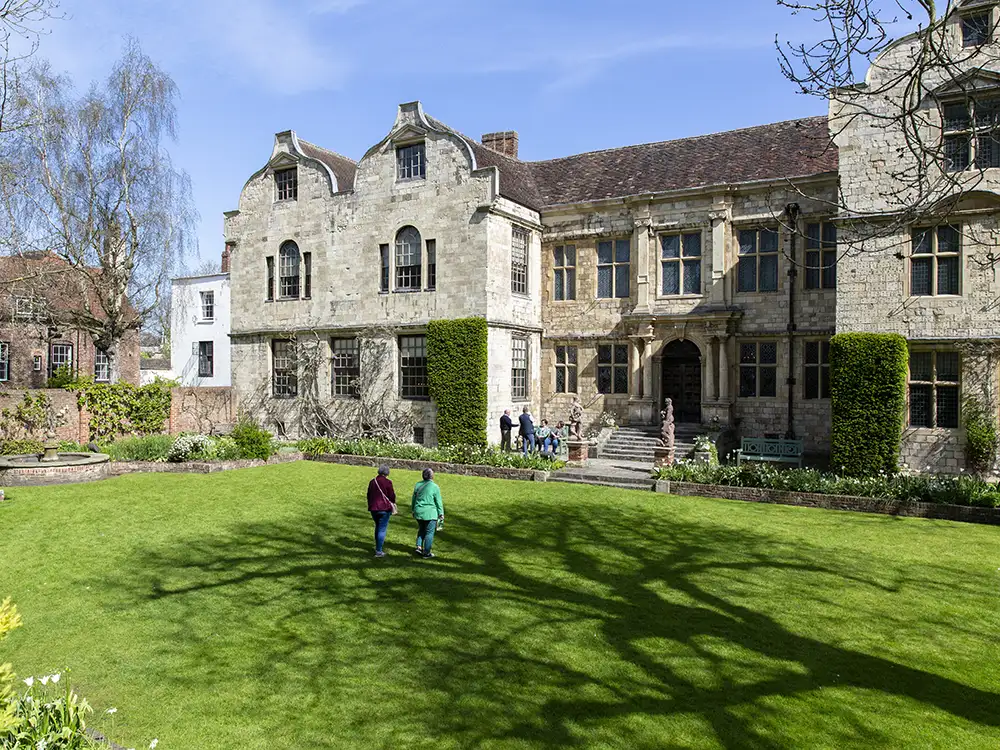Work to tackle the risk of masonry falling from York’s Treasurer’s House has uncovered further issues with the building.
Owners the National Trust says additional repairs on the Grade I-listed building’s roof have been carried out while the scope of works to its lift shaft had changed.
The National Trust’s retrospective planning application reveals it came after additional defects had been found including extensive decay in parts of the building during repairs last autumn and winter.
The latest application comes after plans lodged in July last year warned the upper section of the building’s lift shaft could collapse unless repairs were carried out.
An inspection of the building, in Minster Yard, found loose bricks and a bulge in brickwork at the top of the redundant lift shaft facing Gray’s Court.

The National Trust originally planned to dismantle and reconstruct the upper part of the building’s lift shaft.
But those works did not go ahead and more limited repairs were done after the original lift machinery was found to still be in place within the lift shaft.
The works that were done have allowed the lift’s steelwork and flywheel to remain in situ, with the latest application stating it had minimised alterations to the building’s historic fabric.
Repairs have also been carried out in the building’s southeast second floor roof to address decay in its purlin beams, with steel supports added.

A new cast iron gutter has also been fitted to the roof above a replacement window to reduce the risk of timber decaying from run-off water.
Works have also seen windows, doors railings and other features redecorated while missing downpipes and damaged gutters have been replaced and repaired.
Stonework has been de-scaled and damaged roof tiles have also been replaced.
Planning documents which have requested retrospective approval for the changes stated the works had been carefully considered and discussed with the council’s conservation architect.
They stated: “During the work on site, some additional defects in the building fabric were identified.

“Treasurer’s House is a rare and special heritage asset of clear national significance.”
The Treasurer’s House building which stands today was an early 17th Century rebuild of a home constructed in the 1500s, according to its Historic England list entry.
Parts of the site date back to medieval times with some surviving Roman fragments in its cellar.
It hosted James I in 1617 and it was bought by industrialist Frank Green in 1897 and used to showcase his collection of historic objects and art.
Mr Green donated it and its collection to the National Trust in 1930.












